In the fiercely competitive job market of today, the ability to cultivate professional relationships is a pivotal skill for career progression. Strong connections can unlock opportunities, offer support, and enrich your professional growth. This comprehensive blog post will guide you through seven vital steps to nurture meaningful relationships in your career. Additionally, we will suggest some insightful books related to the topic available on Wizlibrary, an invaluable resource for summary ebooks.
Step 1: Embrace Authenticity
Successful professional relationships rest on the bedrock of authenticity. Let your true self shine in your interactions. Honesty resonates with people, and when they perceive your authenticity, they are more likely to trust and respect you. Authenticity guides you to stay true to your values and principles.
Authenticity not only builds trust with your colleagues but also fosters an environment where others can comfortably be themselves. This encourages authentic interactions, forming the backbone of robust professional relationships.
Step 2: Network Effectively
Effective networking is a cornerstone in building professional relationships. It’s about the quality of connections, not the quantity. To cultivate a meaningful network, you need to be strategic and intentional. Participate in industry events, join relevant online communities, and engage in conversations that align with your career aspirations. Networking enables you to connect with like-minded professionals and broaden your circle.
In the digital age, online networking holds equal importance as in-person interactions. Platforms like LinkedIn serve as potent tools for connecting with professionals in your field. Keep your profile current and engage with pertinent content to establish your presence and credibility.
Step 3: Practice Active Listening
Active listening is one of the most underestimated aspects of relationship-building. Listening is a two-way street. When you listen attentively to others, you gain a deeper understanding of their thoughts and feelings, showing respect for their perspectives.
To be an active listener, concentrate on the speaker, ask questions to clarify your understanding, and avoid interrupting. Don’t just listen for your turn to speak; listen to understand. Active listening is a potent tool for building rapport and trust in your professional relationships.
Step 4: Give More than You Take
Building professional relationships is not a one-way street. While receiving support and help from your network is essential, offering help and support to others without expecting anything in return is equally important. Generosity leaves a lasting impression and fortifies your connections.
When you give more than you take, you become a valuable resource in your professional network. This not only solidifies your relationships but also fosters a sense of reciprocity, where your connections are more likely to assist you in return when you need it. The law of reciprocity is a powerful force in relationship-building.
Step 5: Follow Up Consistently
Maintaining a relationship demands consistent effort. After meeting someone new or engaging with a colleague or mentor, remember to follow up. Sending a thank-you note or a message to check in can significantly nurture the connection.
Follow-ups are crucial for relationship maintenance, demonstrating your commitment to the growth and development of the relationship. Stay connected proactively with your professional contacts, even when you don’t need anything from them immediately.
Step 6: Add Value
Look for opportunities to add value to your professional relationships. Share knowledge, provide insights, or offer assistance when needed. The more you contribute, the stronger your connections will become.
By actively seeking ways to add value, you position yourself as a resource and a problem-solver. When your colleagues and connections know that they can turn to you for guidance or assistance, they are more likely to maintain and invest in the relationship.
Step 7: Respect Boundaries
While building professional relationships is essential, it’s equally crucial to respect boundaries. Avoid crossing personal or professional lines, and respect your connections’ privacy. A professional relationship should be built on mutual trust and respect.
Respecting boundaries is about understanding where the line between personal and professional relationships lies. It’s crucial to avoid putting your connections in uncomfortable situations or making them feel like they are being taken advantage of. By respecting boundaries, you ensure that your relationships remain healthy and professional.
Books to Enhance Your Relationship-Building Skills
Having learned the seven steps to building professional relationships for career growth, it’s time to delve deeper into the subject. Here are some exceptional books by renowned authors that can help you hone your skills and broaden your knowledge in this area:
1. “Never Eat Alone: And Other Secrets to Success, One Relationship at a Time” by Keith Ferrazzi
– This book offers valuable insights into the art of networking and building meaningful connections.
2. “The Like Switch: An Ex-FBI Agent’s Guide to Influencing, Attracting, and Winning People Over” by Jack Schafer and Marvin Karlins
– Uncover the psychology behind building trust and making people like you, a critical skill in professional relationships.
3. “Influence: The Psychology of Persuasion” by Robert B. Cialdini
– This classic book explores the principles of influence, helping you understand how to build rapport and gain trust.
4. “Dare to Lead: Brave Work. Tough Conversations. Whole Hearts.” by Brené Brown
– Brené Brown provides insights into leadership, vulnerability, and building strong professional relationships in the workplace.
5. “Give and Take: A Revolutionary Approach to Success” by Adam Grant
– Discover how being a giver in professional relationships can lead to success and personal fulfillment.
Find these books and more on Wizlibrary, a fantastic source for summary ebooks. They offer a wide range of digital books, short books, and summary books that can help you acquire knowledge and skills efficiently.
Conclusion
Building professional relationships is a fundamental aspect of career growth. By following the seven steps outlined in this blog post, you can enhance your networking skills and forge valuable connections. To deepen your understanding and further develop your abilities in this area, check out the recommended books available on Wizlibrary, a reliable source for summary ebooks. With the right knowledge and practice, you can unlock opportunities and propel your career to new heights. Enjoy networking and reading! Remember, Wizlibrary is your go-to source for expanding your knowledge through summary ebooks.
Unlock Wisdom with the Book Summaries!
📚 Short on Time? Dive into concise book summaries that distill the essence of entire books. In just a few minutes, you’ll gain key insights without a lengthy commitment.
🌟 Why Opt for Summaries?
- Efficiency: Get the juicy bits without wading through pages.
- Broaden Horizons: Explore diverse genres—self-help, motivation, finance, and more!
- Actionable Knowledge: Apply practical wisdom immediately.
🔗 Visit Wiz Library today to unlock a treasure trove of knowledge. Your shortcut to brilliance awaits! 📖🚀
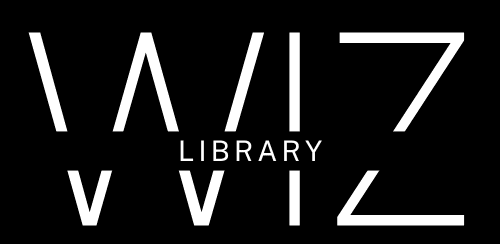
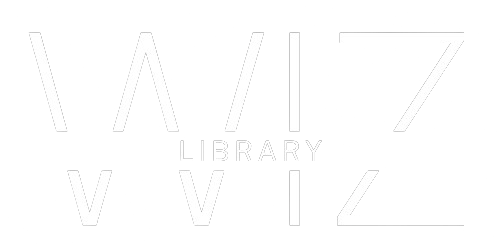



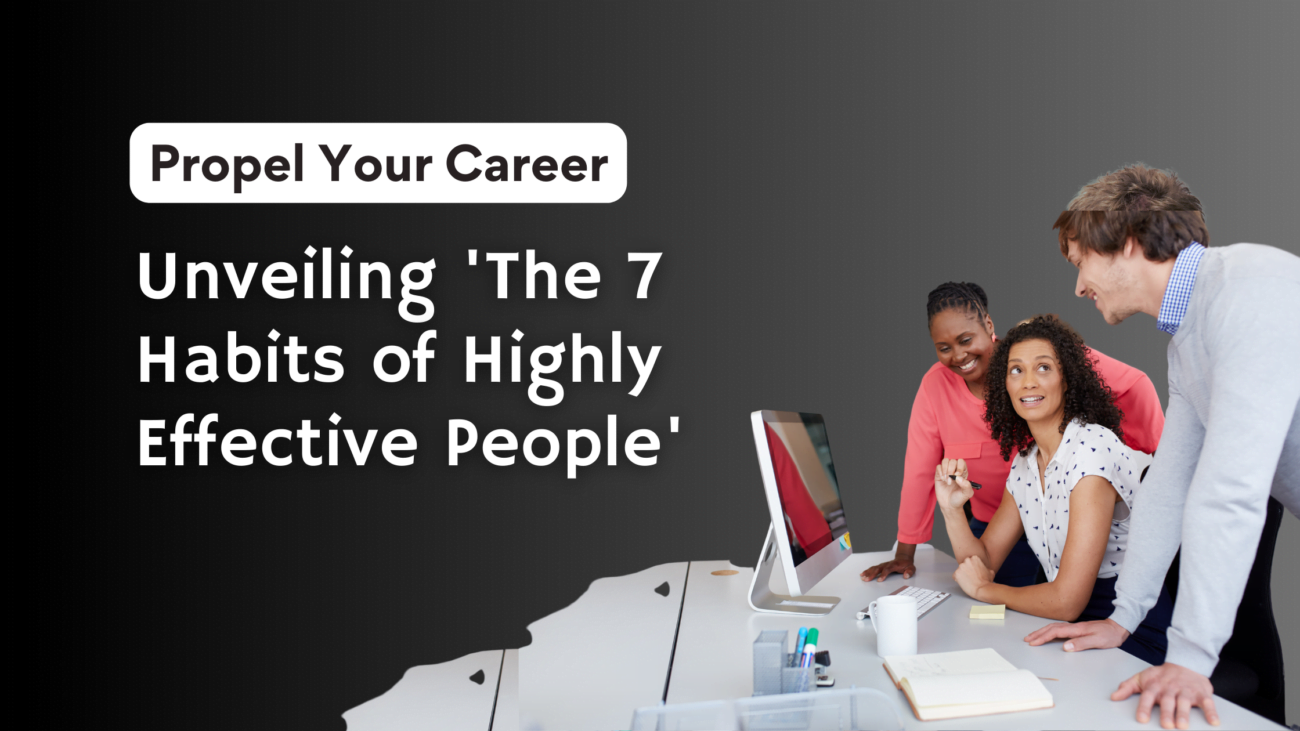

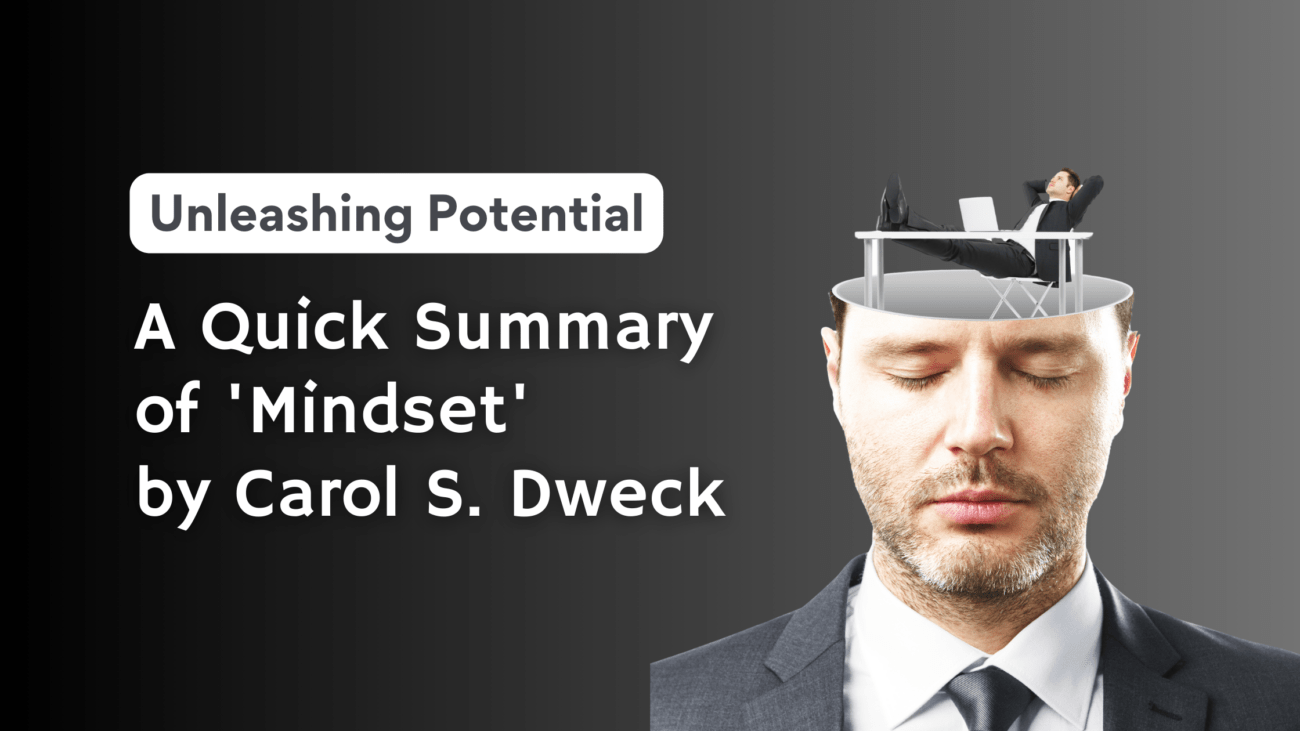


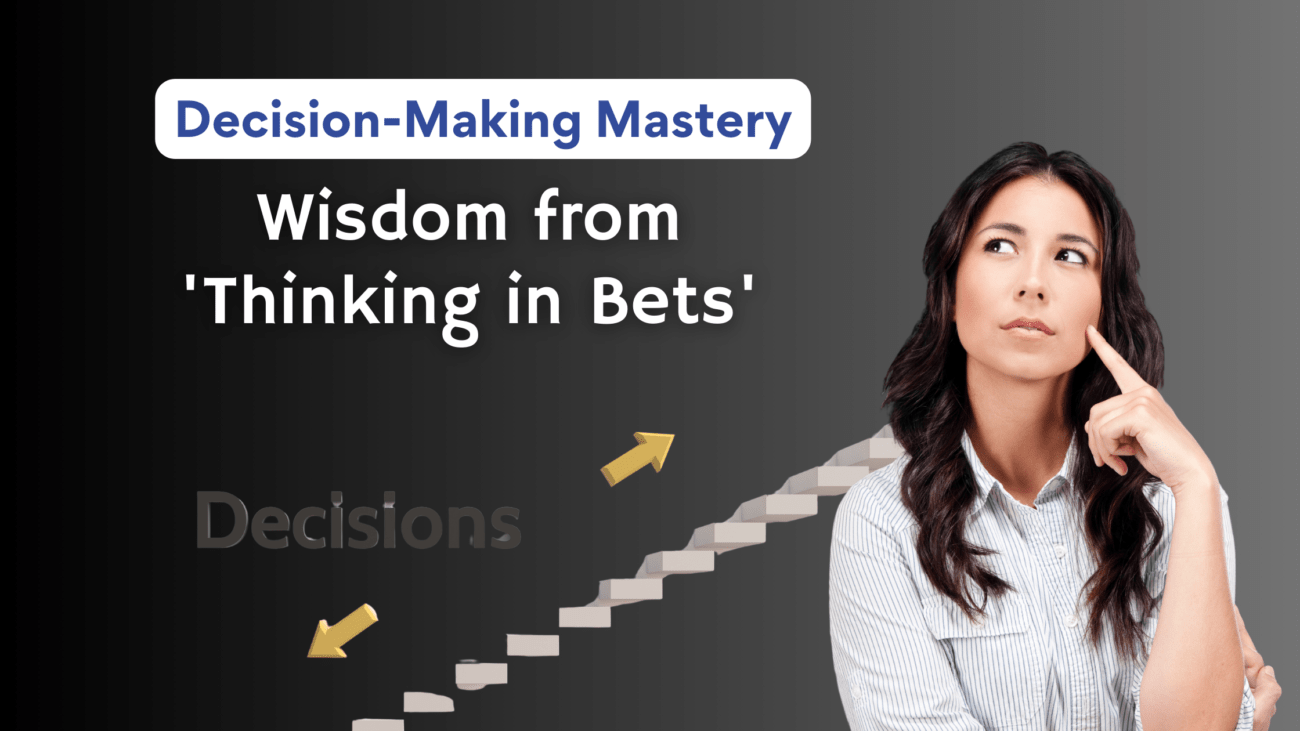





When he heard of Huddy’s loss of life, Common George Washington threatened to execute Captain Charles Asgill, a British officer who had been captured at Yorktown, except Lippincott have been handed over to the American military.
With this system, you may see how the lender and aggregator are middlemen who attempt to balance pursuits of the homebuyer and investor.
Because of this you need to usually try to invest in a mutual fund exactly where it is advisable to pay low sales charge.
Reverse factoring can be considered a combination of these two methods, taking advantages of both in order to redistribute the benefits to all three actors.
Walter R. Charge. Colonel George Morgan at Fort Pitt, West Pennsylvania History Magazine, Quantity 11, 1928, pp.
You don’t mess with success in Detroit, and Ford didn’t with the ’56 T-Bird.
Lots of the Chinese language thought-about Westerners to be barbarians and didn’t take kindly to their concepts.
A way more standard and respected strategy in opposition to the modern Defense is the Monkey’s Bum Deferred.
Right now’s tires have between 19 and 25 different elements.
M&A actions can have a big impression on various stakeholders, together with shareholders, workers, clients, and suppliers.